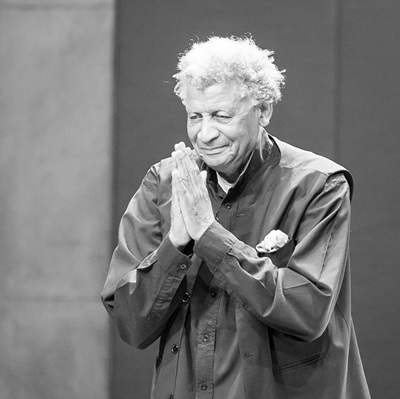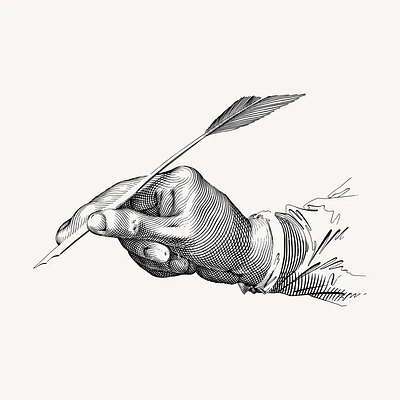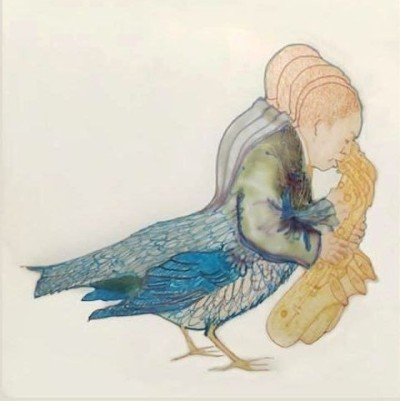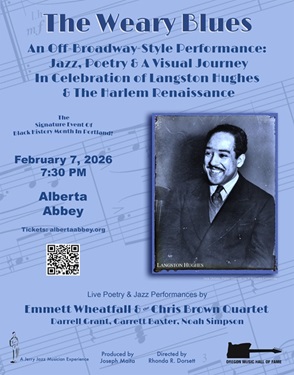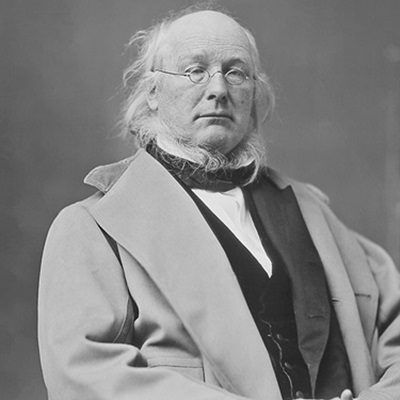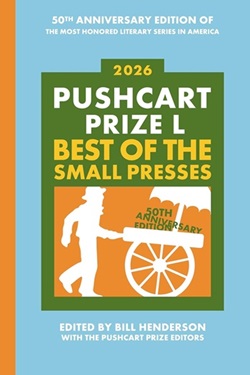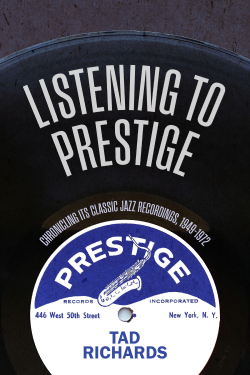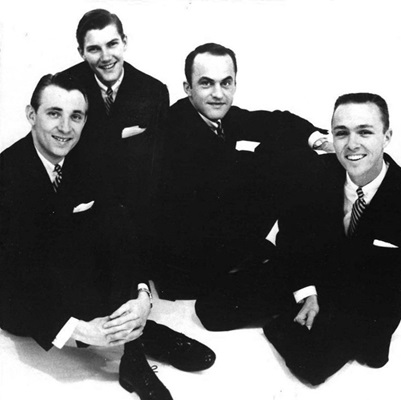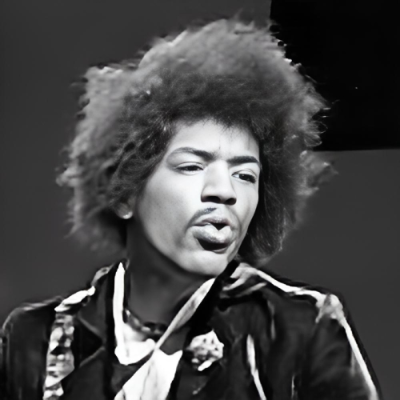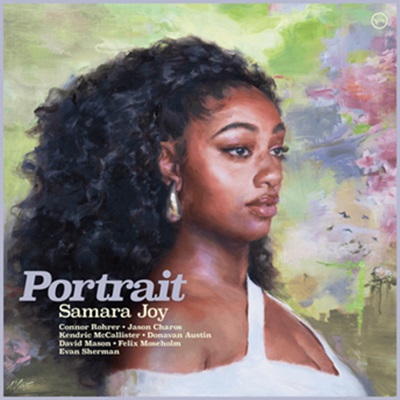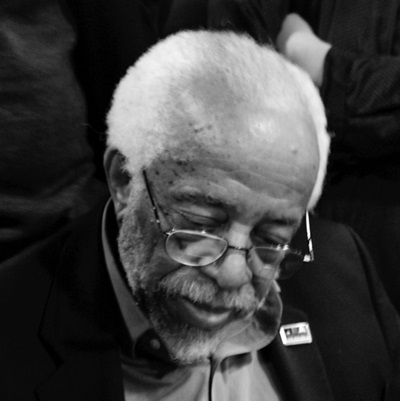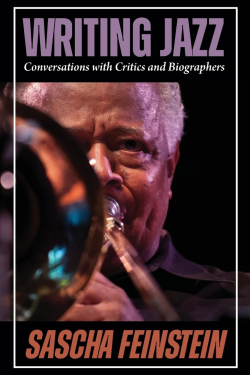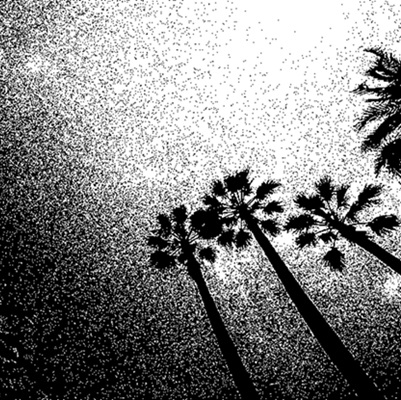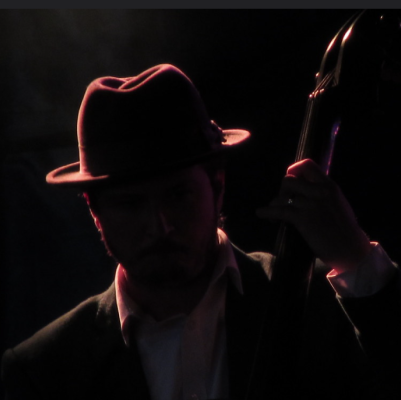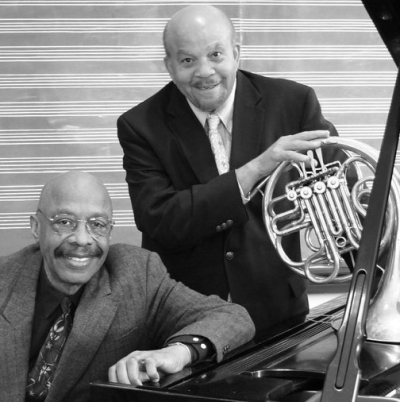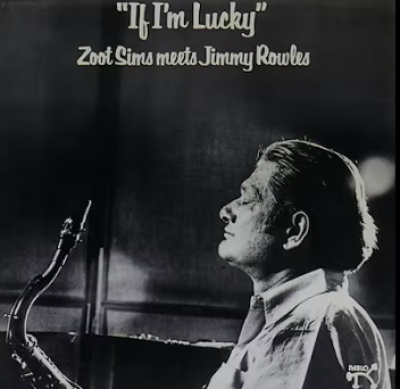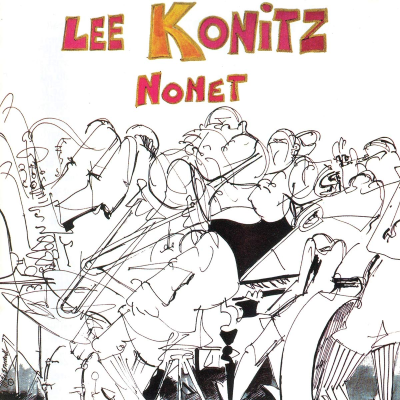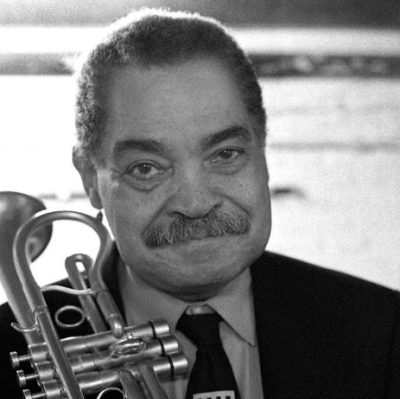_____
An early interview I conducted as publisher of Jerry Jazz Musician was with Stephanie Stein Crease, whose 2002 biography of Gil Evans, Out of the Cool, was an illuminating history of a man the jazz writer Gary Giddins refers to as “one of the great figures in American music, a composer and orchestrator of breathtaking originality.”
In the interview, Crease talks of Evans’ life as having “a lot of highs, and a lot of lows, and his music did not always mesh with market forces in the record business.” Indeed, this creative spirit — so often residing outside the mainstream — is what attracted him to so many of those he worked with (and mentored), and to much of his audience as well.
Yesterday was the 106th anniversary of Evans’ birth, which seems like a good enough reason to revisit the interview about the man most famous for collaborating with Miles Davis on several brilliant recordings.
(A portion of the interview is published below, and you can read the entire piece by clicking here).
_____
JJM What made you want to write a biography on Gil Evans?
SSC This project has been a long process, stemming from all that listening to Gil’s music I did as a child. I went to Berklee College of Music in Boston, and concentrated on arranging and orchestration. So, naturally I studied the music of Duke Ellington and Billy Strayhorn, Jelly Roll Morton, Charles Mingus, and Gil Evans. And of course we also studied the whole dance band lineage too, Fletcher Henderson, Basie, Fletcher’s writing for Benny Goodman, etc. But for me, the music of Duke and Strayhorn, Gil and Mingus stands a world apart. Largely because of the way they wrote for their musicians, their music is virtually inimitable.
But this book also came about because of circumstance. In the early 1980’s, I moved back to New York when Gil started leading his band at Sweet Basil in Greenwich Village. It was amazing to me that you could hear someone like Gil Evans every week in a small club. The music was very exciting, very theatrical. There was a lot more improvisation than in the work Gil did with Miles Davis. People didn’t always like it, either. But some nights, the music was so powerful–there was a fantastic whirl of sound and energy. I was able to interview Gil a few times, and wrote some articles about him, and liner notes. So, I started collecting this body of material. Although I didn’t know Gil all that well, I understood the level of his dedication.
JJM His career spanned three or four different styles, and he began as a bandleader. While he was greatly admired, for a variety of reasons he was often overlooked.
SSC Yes, Gil had a very unusual career. It had a lot of highs, and a lot of lows, and his music did not always mesh with market forces in the record business. He was born in 1912 and grew up when so many things were happening for the first time. He was a teenager when he first listened to Louis Armstrong, and the radio was just becoming the radio, and swing and dance music were enormous cultural forces. He was very influenced by the music he heard on the radio–remote broadcasts by Duke Ellington, the Casa Loma band, and Benny Goodman. He got this little band together in high school, and they actually did ok. Several of them ended up still working with Gil a few years later in Hollywood, when he worked for Skinnay Ennis on Bob Hope’s radio show, which was a very big deal in the late 1930s. He had to churn out a lot of different material in different styles. It was also during this time that he met Claude Thornhill, and that amounted to a fantastic apprenticeship.
JJM What facets of Claude Thornhill’s work were most influential to Gil Evans?
SSC When Thornhill started his own band in late 1939, he was very interested in getting a more orchestral sound, not just the standard sectional sound for brass and saxes. He was one of the first dance band leaders who had a…
Click here to read the entire interview.
*






